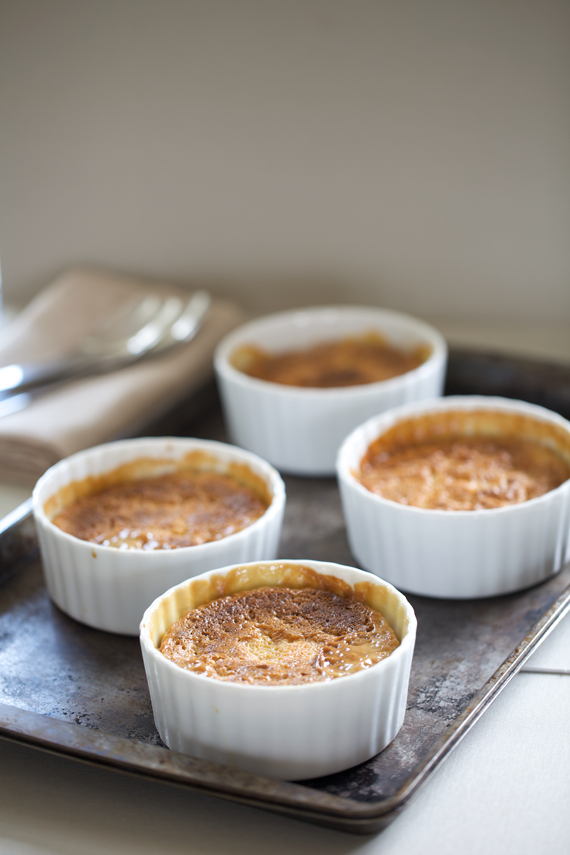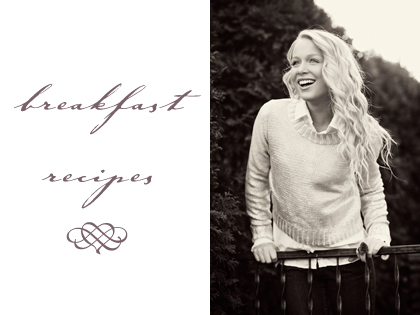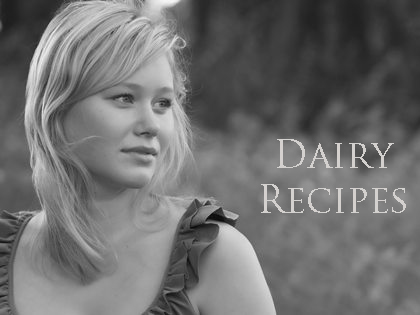 Spring came in with such a rush this year. By mid-March—mid-March!—the snow had receded, the grass greened, the buds burst, the crocuses bloomed, and people were out swilling cold beer on patios, the smell of charcoal grills in the air. A week later now, the ice on Lake Minnetonka has gone out, the first vinca bloom has appeared, and bleeding hearts and sedum and hyacinth are up from the ground. We are known to have snowfall in late April and even early May here.
Spring came in with such a rush this year. By mid-March—mid-March!—the snow had receded, the grass greened, the buds burst, the crocuses bloomed, and people were out swilling cold beer on patios, the smell of charcoal grills in the air. A week later now, the ice on Lake Minnetonka has gone out, the first vinca bloom has appeared, and bleeding hearts and sedum and hyacinth are up from the ground. We are known to have snowfall in late April and even early May here.
I find myself in the market feeling like something of a lost child. I should be making all the dishes in my head: a pork loin roast rubbed with juniper and ginger and stuffed with prunes, a choucroute garnie with the last of the sauerkraut in my refrigerator, or an enormous cassoulet, bubbling in the oven with a hairy piece of pig skin, magret de canard, thick tight-skinned sausages, and white beans. But it’s been 80 degrees, and humid to boot. I’m not ready for salads. It’s too early even for asparagus, and I don’t want the Mexican asparagus they have displayed like daffodils anyway. I stand amid the produce so long, looking charily, that eventually my Sweet Boy asks me what I’m doing. I have cooking cognitive dissonance.
But there are signs of our old winter, of winter’s routine here. The earth is holding back a full bouquet of spring shoots and flowers, and, until yesterday, the trees were waiting, too. And last week the taps began to appear on the maple trees as we drove through neighboring towns. The sap is running and soon people will be boiling down in their sugar shacks and on backyard fires, and about a month from now the year’s new maple syrup will be ready.
One of those neighbors is Marsha Wilson Chall, in theory anyway. We haven’t met, but I know we live in the same town, and according to the dust jacket of her storybook, Sugarbush Spring, she grew up keeping this tradition. The book is a lovely way to connect with the rituals of sugaring: the snowy woods, the perfume of the fire and its wood smoke and the sugared steam of the syrupping pan, the first syrup poured into the snow and eaten as sweet streams of maple candy, the long hours tending the fire, the woolen filtering stockings, the glow of the first jars filled. If you have a maple tree, you can make your own maple syrup at home, too. Taps are inexpensive, if you don’t go in for the whole kit, and available at the charming Egg Plant Urban Farm Supply store, if you live within driving distance of St. Paul, Minnesota. Or you can order online here. You may read more about the process of maple sugaring in my article for Honest Cooking here.
Maple pudding cake, or pouding chômeur, was originally a poor man’s dessert, first made in Canada during the Depression era with brown sugar and water, but it has evolved to ubiquitously include pure maple syrup, thus upending its humble roots. It’s still a homey dessert, but one that’s rather dear. I bake my nutmeg- and vanilla-scented cakes in a bath of maple syrup and heavy cream and finish them in a hot oven until they are bubbling and caramelized. They’re a nice way to make a bridge at the table from winter to spring. And a cure, for now, for my cognitive dissonance.
Maple Pudding Cakes (Pouding Chômeur)
Yield: 4 servings (or more if you’re willing to share)
Ingredients:
½ c. unsalted butter, softened but still cool
½ t. freshly grated nutmeg
1/3 c. sugar
1 egg plus 1 egg yolk
½ t. vanilla extract
another pinch of salt
½ t. baking powder
1 c. cake flour
…
1 c. pure maple syrup (Don’t substitute the fake stuff here.)
¾ c. heavy cream (Cedar Summit Farms’ is fantastic if you live locally.)
pinch of salt
…
a spoonful of unsweetened softly whipped cream or crème fraiche or sour cream for serving, if you wish
Method:
- Make sure your oven is free from drips and char from past baking and wipe it out if necessary. This recipe finishes at a high temperature, and your oven will smoke if it is not clean. Place a rack in the upper third of the oven and preheat it to 400 degrees F.
- In a large bowl, or the bowl of an electric mixer, beat together the butter and sugar and grated nutmeg until they are well combined and smooth. Scrape down the sides of the bowl with a rubber spatula.
- Add the egg and egg yolk and vanilla and beat to combine. Scrape down the sides of the bowl with a rubber spatula.
- Scatter the pinch of salt, and the baking powder evenly over the butter mixture and beat to combine.
- Add the flour and mix gently until just combined. Do not overmix.
- Divide the dough into four even portions and pat them into four buttered ramekins (or into a buttered small glass or cast iron baking pan about 8 inches in diameter).
- Place the ramekins onto a baking sheet.
- In a large bowl, whisk together the maple syrup, cream, and pinch of salt until they are combined.
- Pour ½ c. of the maple cream into each ramekin (or pour all of it into the baking dish).
- Bake the cakes until a toothpick inserted into the middle comes out clean, about 20 to 25 minutes. (I rotate the pan halfway through baking for more even results.)
- Increase the heat to 450 degrees and bake the cakes until the maple tops are caramelized, about an additional five minutes.
- Serve hot with a spoonful of unsweetened softly whipped cream, crème fraiche, or sour cream, if you wish. The pudding cakes are also delicious unadorned.
- If you wish to make the cakes ahead of serving, don’t caramelize them. You may keep them at room temperature for about an hour or so and then finish them in the oven at 450 degrees.























{ 5 comments… read them below or add one }
I would like you to change this entry to read “don’t substitute the fake stuff EVER…. EVER. THERE WILL BE CONSEQUENCES.”
These look so, so good! And your writing and beautiful imagery never cease to leave me gutted… in a very good way.
Amen. I think fake maple syrup is corn syrup with artificial flavor and dye. That doesn’t sound very tasty to me, but to each his own. And, Lizzi, thank you. So much. For your kindness. xox
oh wow.
Thanks, Kris. xo
Looks like a great recipe. However hard to see with the grey background.
Hope to try it soon with Real Vermont maple syrup.